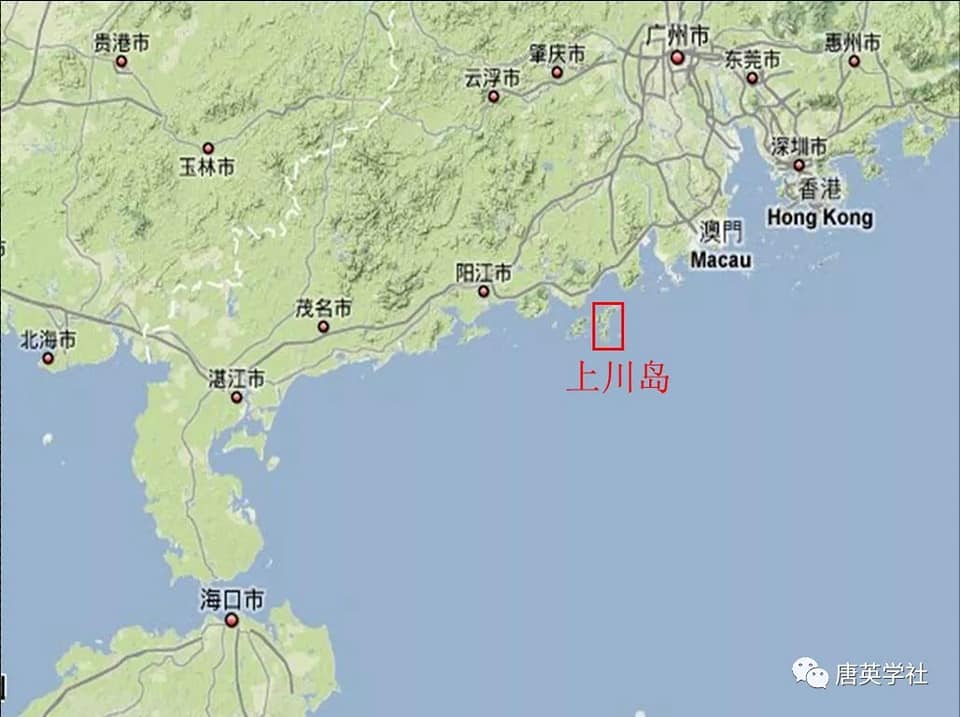
Shangchuan Island (上川岛) is located off the southern coast of Guangdong, China. Its name originates from the Portuguese São João ("Saint John"). In the 16th century, it was one of the first trading bases established by the Portuguese. However, they abandoned it in 1557 after securing permission from the Chinese government to establish a permanent trade base in Macau.
The Spanish Jesuit missionary St. Francis Xavier died on the island on December 3, 1552. In one of his letters, he mentioned that many merchants from Guangzhou traveled to Shangchuan to trade with the Portuguese. He passed away while waiting for a ship to take him to mainland China. A small chapel, designed by Achille-Antoine Hermitte and completed in 1869, now stands in commemoration of his death.

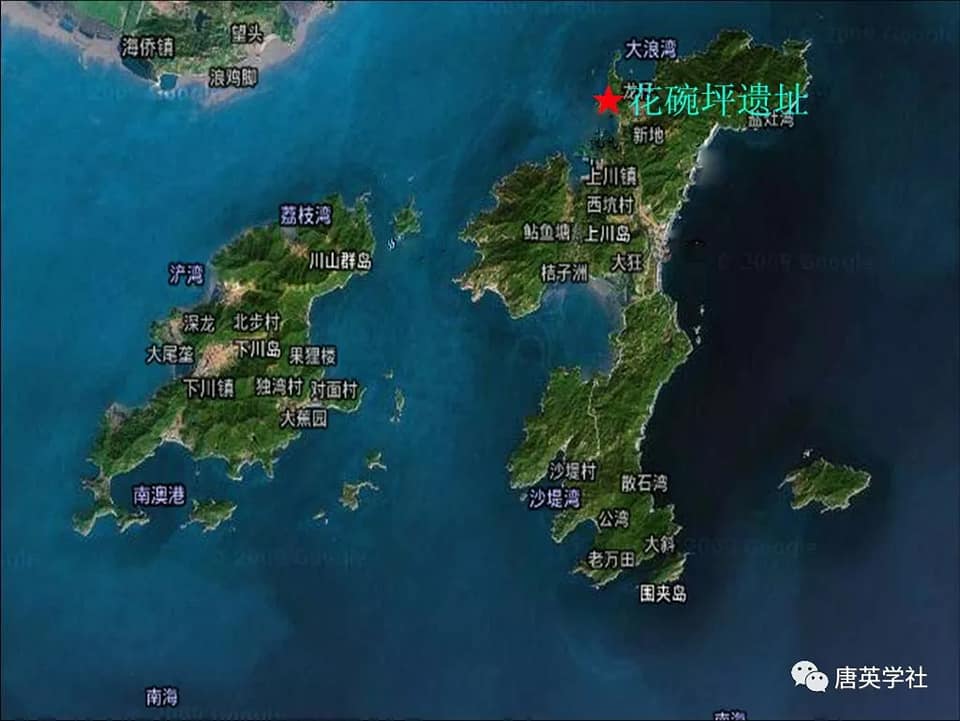
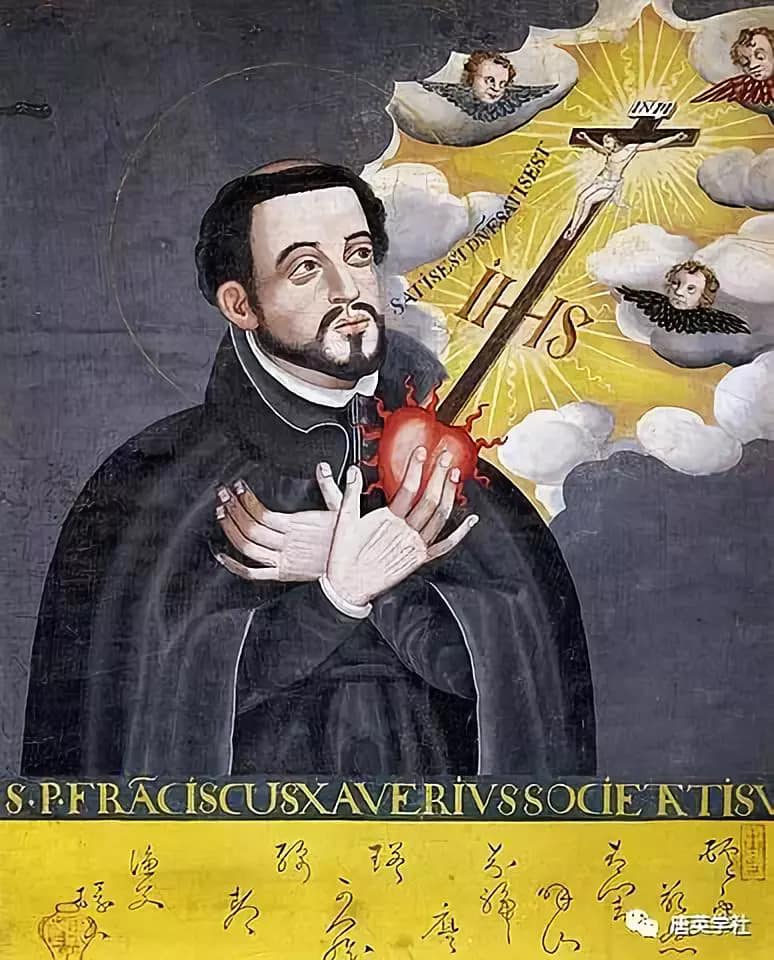
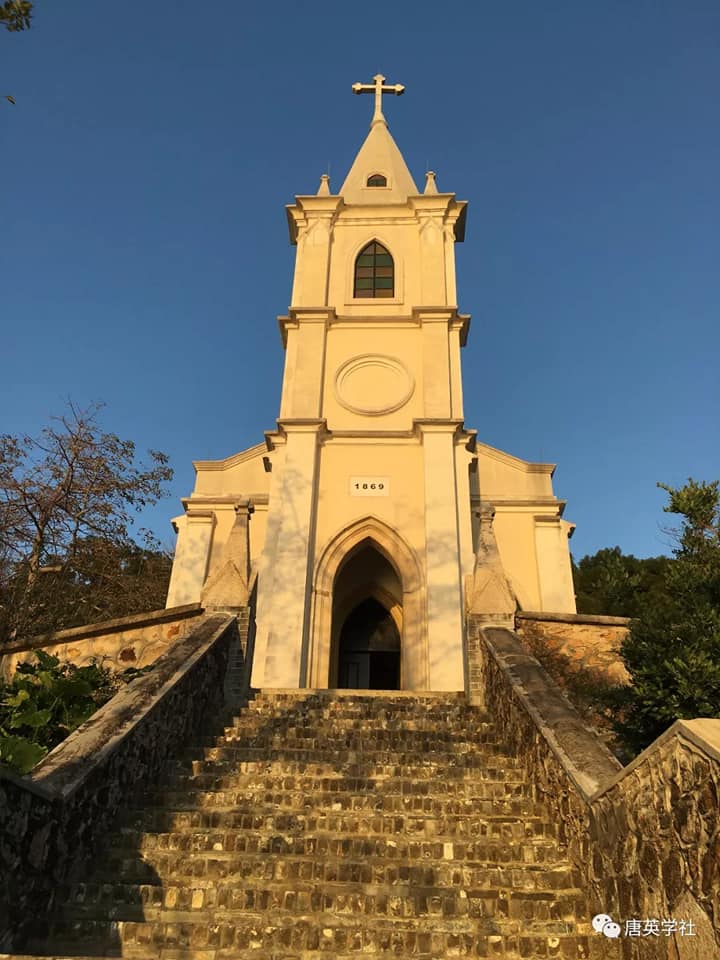
An important archaeological site (花碗坪遗址), now part of a national park, is located in the northern part of the island. Excavations have uncovered numerous 16th-century Jingdezhen blue-and-white and overglaze red/green enamelled ceramic shards, providing evidence of the island’s once-thriving porcelain trade. Interestingly, no Zhangzhou (Swatow) blue-and-white shards were found, suggesting that by 1557—when the Portuguese abandoned Shangchuan—Zhangzhou ware was either not yet in production or still in its early stages, with limited export distribution.

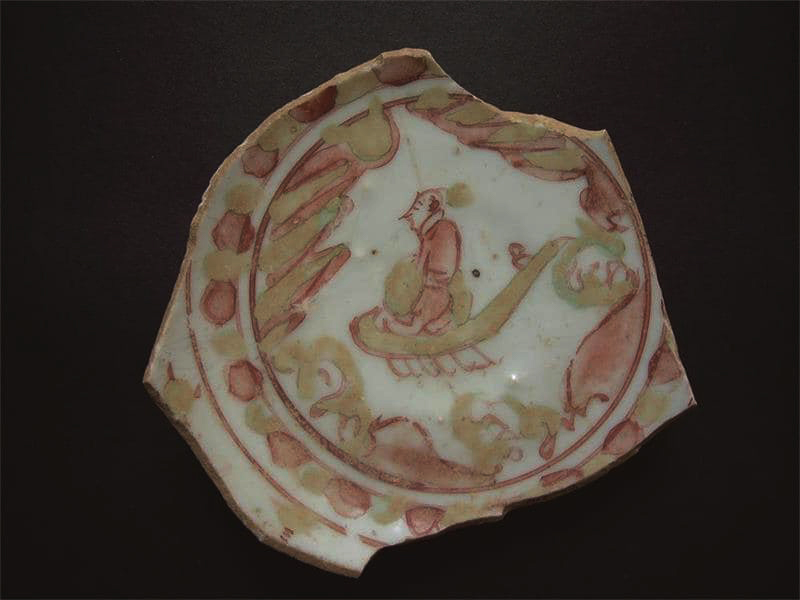
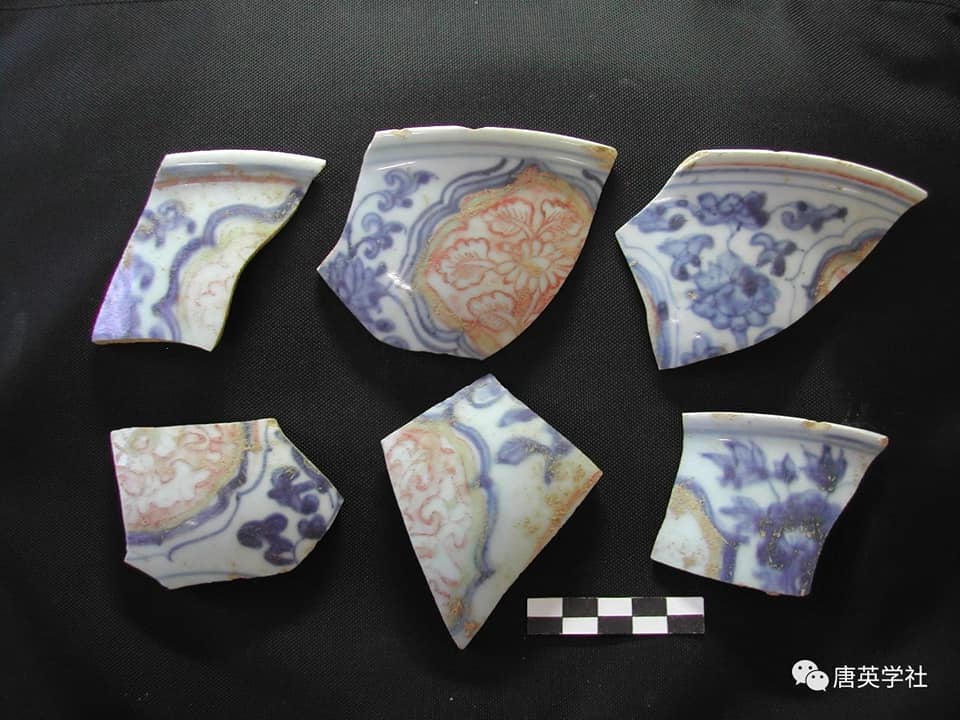
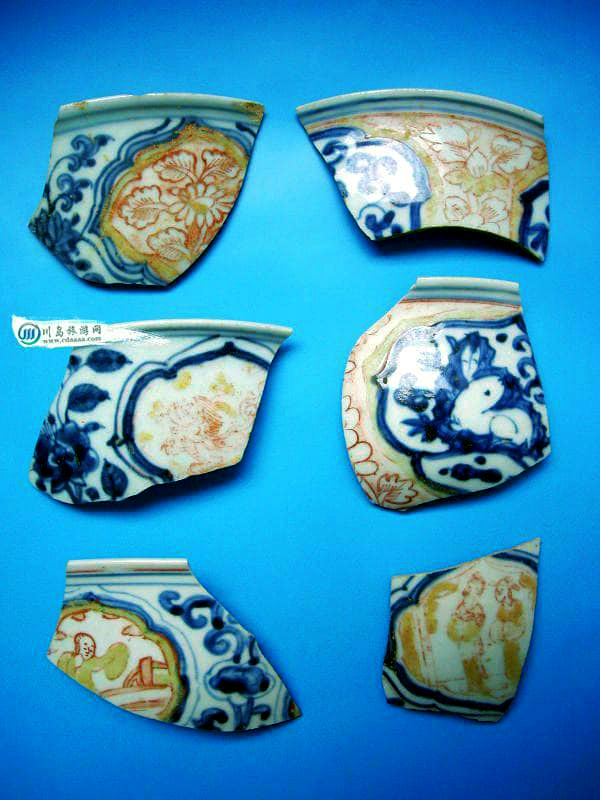
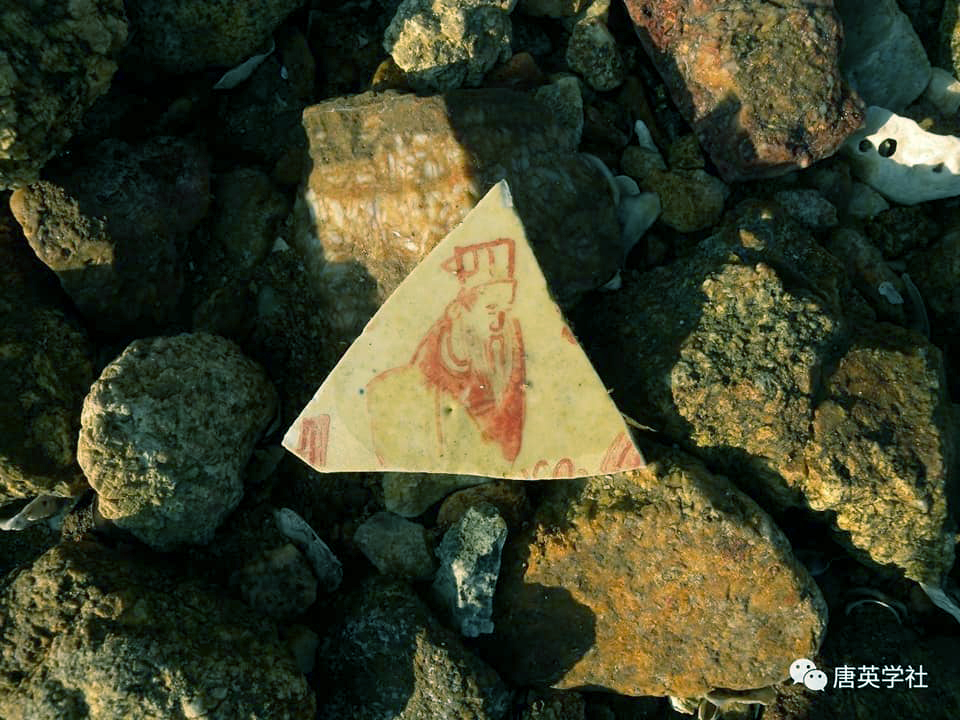
Ming Jiajing overglaze enamelled fragments
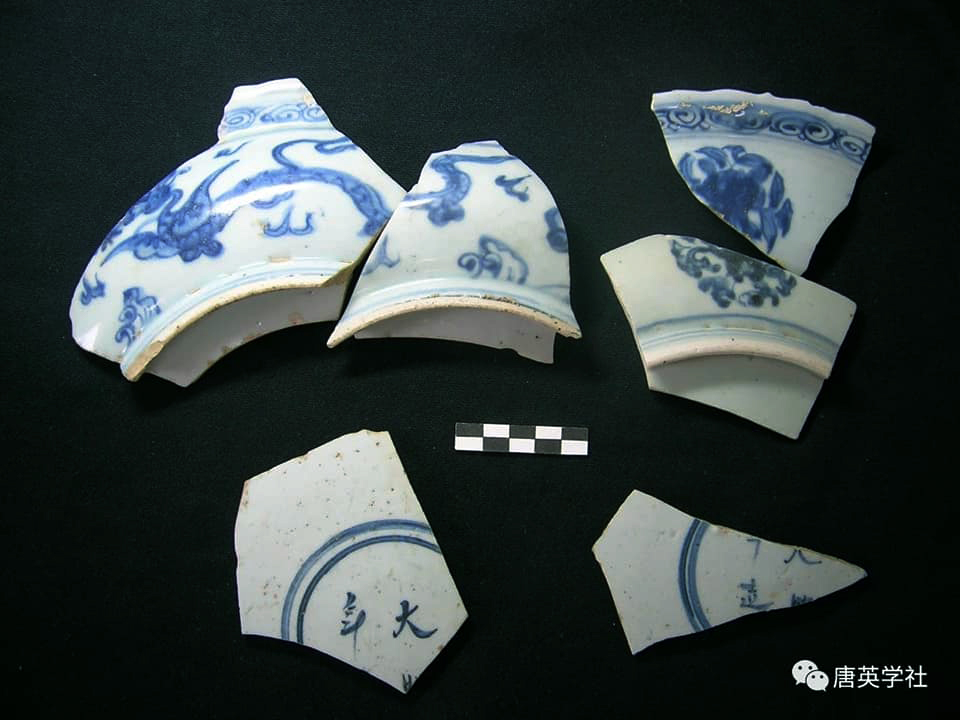
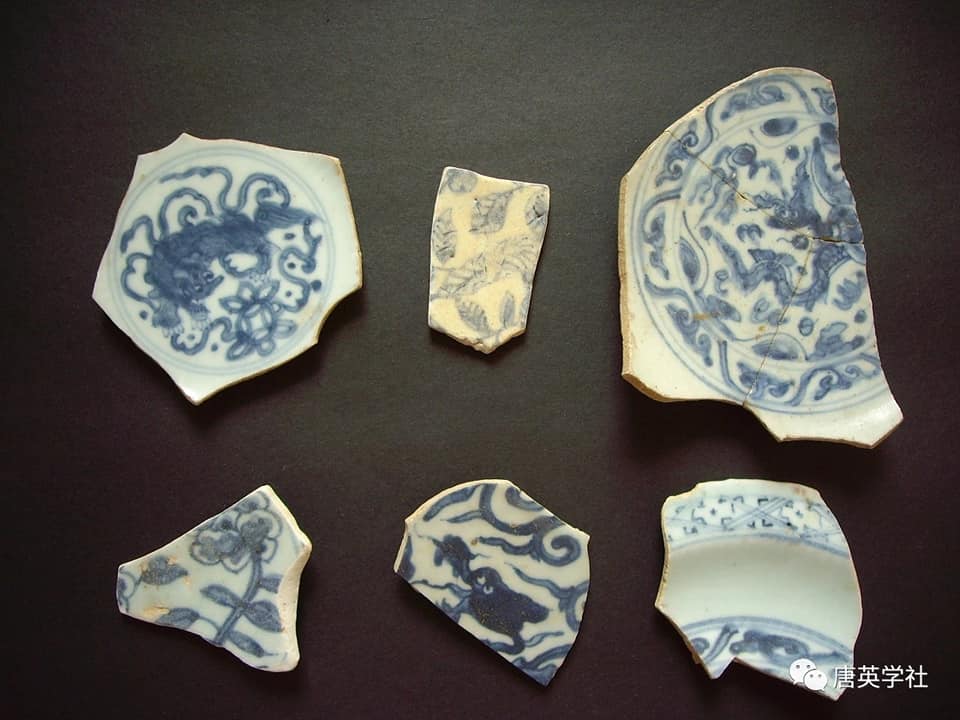

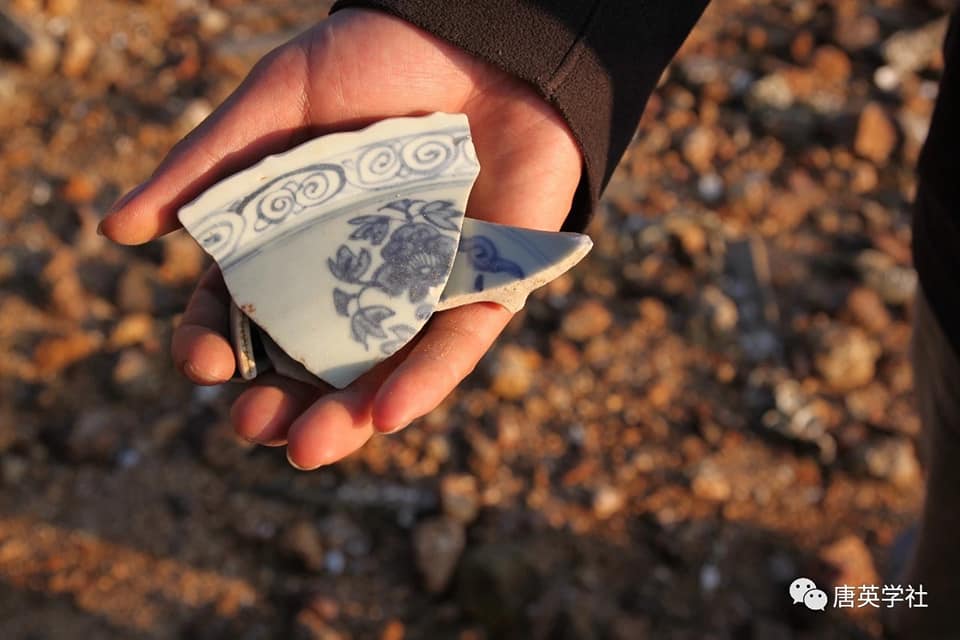

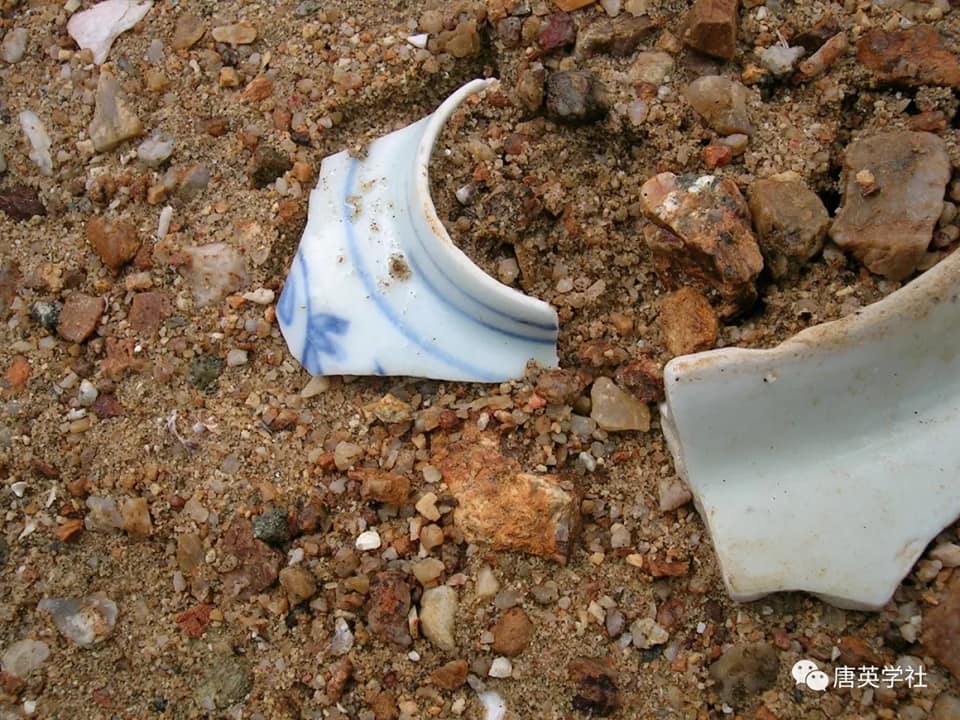
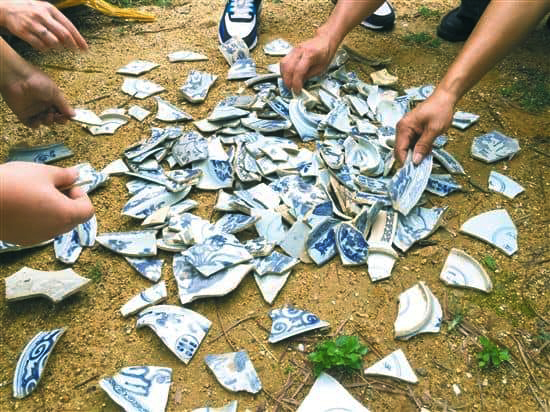
Ming Jingdezhen Jiajing blue and white fragments
Among the porcelain fragments discovered at Shangchuan, two pieces belong to a rare category known as Jorge Alvares bottles. These bottles follow the yuhuchun shape and are inscribed in underglaze blue with an inverted Portuguese inscription:
"ISTO MANDOU FAZER JORGE ALVRZ NA ERA DE 1552 REINA"
This translates to: “Jorge Alvrz (Alvares) had this made in the year 1552 of the reign [of King John III].”
Jorge Alvares was a Portuguese merchant, dignitary, and writer active in the East. He commissioned these bottles to be presented to royal families and nobility in the Middle East and Europe, likely as a means to strengthen his maritime trade connections.

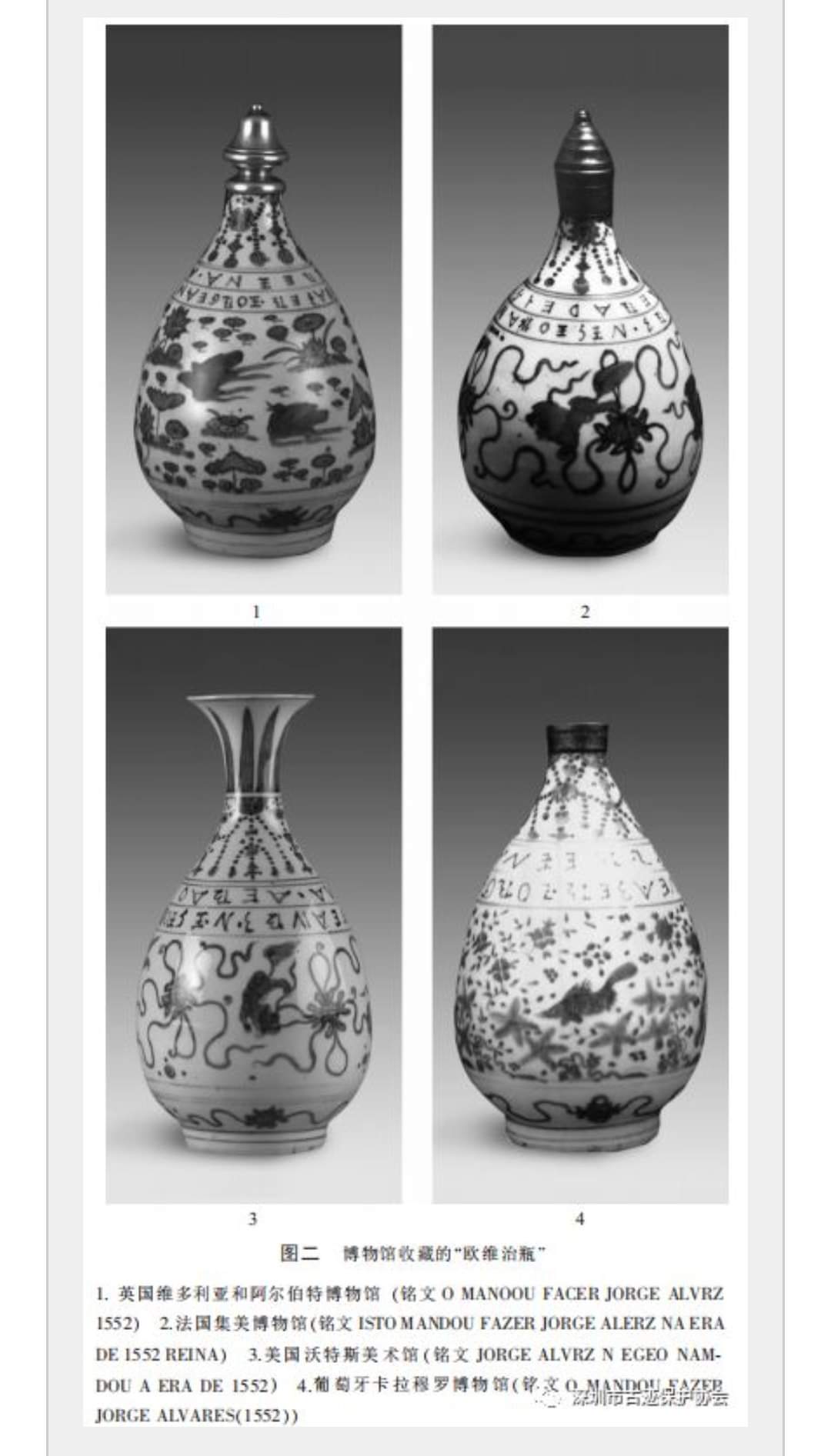 |
 |
 |
Written by: NK KOh (25 Apr 2020)